In Alva, Florida, summers are long, hot and oppressive, wet, and mostly cloudy. Winters rarely get the kind of cold that most of us are accustomed to. Even in the dead of winter, afternoons can get up into the 80s or high 70s. Alva’s yearly rainfall averages 54 inches, approximately two feet more than average in the U.S.
Ms. LaShay Russ is upbeat and enthusiastic about the community’s flourishing food forest. This project came into fruition when residents in this rural region of Florida could no longer obtain any fresh produce. An extreme food desert, this isolated area consists of about 80 acres that are surrounded by orange groves. A community of nearly 300 residents, it is miles from the nearest bus stop or store. Most residents are African American or Hispanic, elderly and/or have a chronic illness. The little town has one traffic light, one convenience store and one dollar store. With no public transportation, it sits off a state road with a 60 mph speed limit, and the closest grocery store is 11 miles away.
LaShay Russ applied for a Gardening Know How community gardening sponsorship with a goal to restore the approximately 12 x 30′ garden, and to purchase tools, seeds, plants and compost.
Challenges Met
When an earlier version of a community garden was destroyed by one of Florida’s notorious storms, residents turned their focus to other pressing needs and the community garden languished. Now, making the transition from community garden to full forest is in full swing, and when it’s all finished, everything there will be edible
The food forest was developed to give residents of this community a fresh alternative to salty, processed foods. With such limited access to groceries, it was important to grow foods with different flavors, and vegetables that would sustain them as well as provide needed nutrition.
In this steamy area, watering crops with well water is more crucial in the winter months. Unlike other regions in the country, a lack of water in the winter kills more plants than cold temperatures. Some vegetables have a better chance of thriving in the winter. Cold here means winter temperatures between the 40s and 70s. The food forest does have some shady areas for plants that don’t like so much sun and warmth. Summer work in the garden usually stops around noon or one o’clock due to the searing heat.
LaShay had a vision of creating a mural painted on the local community center. She wanted family names included in the art, and sees this as an historical reminder that people can grow anything, with or without a “green thumb.”
Feeding the Community
The food forest is already thriving. All kinds of herbs and vegetables, including tomatoes, okra, peppers and onions grow among the trees. Avocado, mango and grapefruit trees are plentiful. Seeds and plants are available to those who choose to grow at home. The community food pantry is open in the community center on Fridays and Tuesdays – and is open to anyone.
The food forest is maintained by volunteers. The idea of gardening whether here or at home is encouraged and promoted. Through the region’s nutrition program, master gardeners help out with tips on upkeep, reusing materials, general resourcefulness and how to keep costs down. Recently volunteers installed more raised beds and children in the community have been helping to paint them. The kids here are learning about gardening by planting seeds and being a part of the project.
This project is a wonderful example of how a group can overcome obstacles of harsh weather and severe food insecurity by working together. We thank LaShay Russ for her tireless work to nourish and enlighten this rather isolated community.
Every year, Gardening Know How awards $1,000 to 20 different, hand-picked garden projects across the United States and Canada. If your community or school garden has a growing, unmet need for more soil, seeds, fertilizers, building materials, or even just help getting the word out about your program, we’re ready and willing to help you meet those needs. As community gardens and school gardening programs spring up all over, we’re happy to do our part to help.
Interested in learning more about school or community gardens? Visit our Community Garden for Everyone page today.
The post Charleston Park Food Forest appeared first on Gardening Know How’s Blog.





